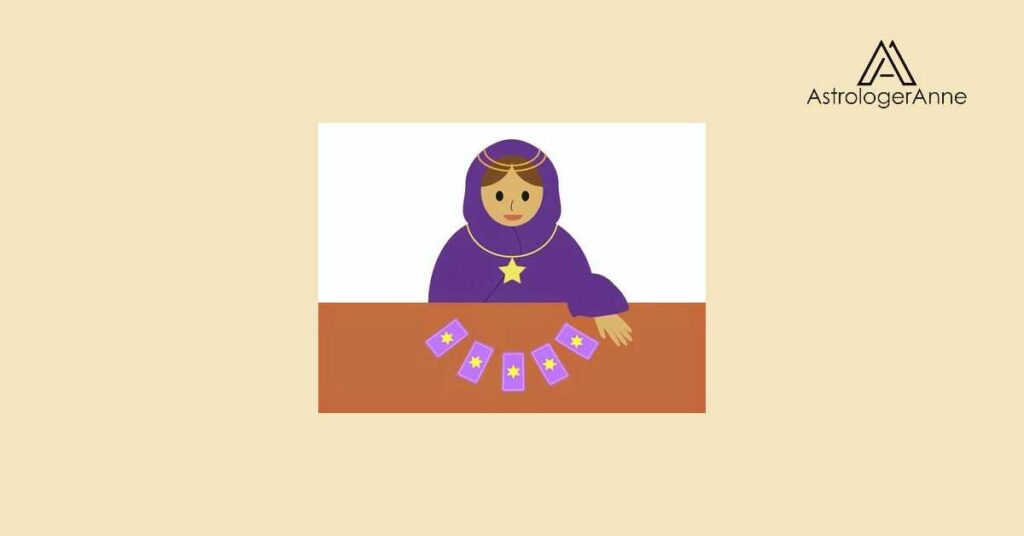
In January 2021, I attended a presentation on tarot in which the speaker used the Case-Parke (or BOTA, for Builders of the Adytum) tarot deck.
The artist in me wanted to know more about this deck's images and who created them, but when I did a little online sleuthing, I discovered the internet had almost nothing about this mysterious person except her name:
In asking about the artist during the presentation, one of the other attendees said she had worked "under Paul [Foster Case]," the BOTA deck's originator.
Everything about this experience left me feeling unsettled and even angry. It seemed that this artist had been forgotten, sentenced to oblivion. It also felt as if she was considered much less important than BOTA founder Paul Foster Case, with every source consistently diminishing her talents by saying she worked "under" Case or under his direction.
In addition, out of the three major tarot decks that emerged in the early 20th century - the ones that started tarot's modern revival - each of the creators was documented in a Wikipedia article, with one exception: Jessie Burns Parke.
By the end of the presentation, I felt that justice needed to be served.
Someone needed to take up the cause and rescue this artist from neglect by researching and writing about her. I realized that person needed to be me, and so began my obsession with finding out everything I could and synthesizing the information into an article for Wikipedia.
In the early 20th century, as interest in mystical and esoteric matters skyrocketed and countless spiritual organizations sprang up, one of the subjects that sparked considerable interest was tarot.
Out of that fertile period, three decks that continue to influence all things tarot came into being:
In all three instances, the artist involved was a woman. Given the sexism of that time period, each male contributor's work was seen as the most important, with the female artist's work barely acknowledged.
Eventually, this imbalance of creative and mystical credit began to change.
Both Harris and Smith had Wikipedia articles by the start of 2021. Also, in recent years, Pamela Colman Smith's work has gained greater recognition, with a museum show and major biography.
To this day, Smith's achievement dominates the tarot field, and her paintings for that first modern deck justify her status as the "grandmother of us all" when it comes to tarot imagery, insight, and meaning. For example, nearly a century ago Jessie Burns Parke drew on Smith's work as well as imagery from other decks when she set out to create her own set of tarot images.
That's one of the things I learned when I set out to learn more about who she was and how she fits into tarot's modern revival.
The early months of 2021 ended up becoming an intense period devoted to researching Parke.
After countless hours of deep digging, I had turned up a wealth of facts scattered across numerous sources.
As an astrologer, it was fun to see she was a Sagittarius, born December 2. And as an artist, it was fun to discover where she studied and see some of her work in the course of my research.
I synthesized the results into a detailed biography that included Parke's education, major exhibitions, and the key collections holding examples of her art. The biography also included an extensive section on her work on the tarot deck as well as a list of sources and numerous references (footnotes).
Once the draft was ready for publication, I uploaded it to Wikipedia, where it won approval quickly and went live in March 2021.
I invite you to enjoy the result of my work now at https://en.wikipedia.org/wiki/Jessie_Burns_Parke
Whatever your connection with tarot, I wish you inspiration and joy each time you see or work with any kind of tarot image.
How fortunate we are to have today's wealth of decks available, thanks to early artists including Jessie Burns Parke. Her contributions, and those of so many artists, continue to influence and inspire.
May her memory be preserved and ever be a source of celebration.